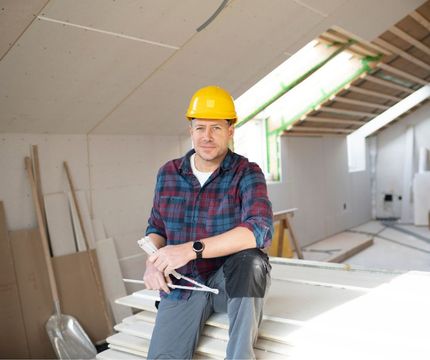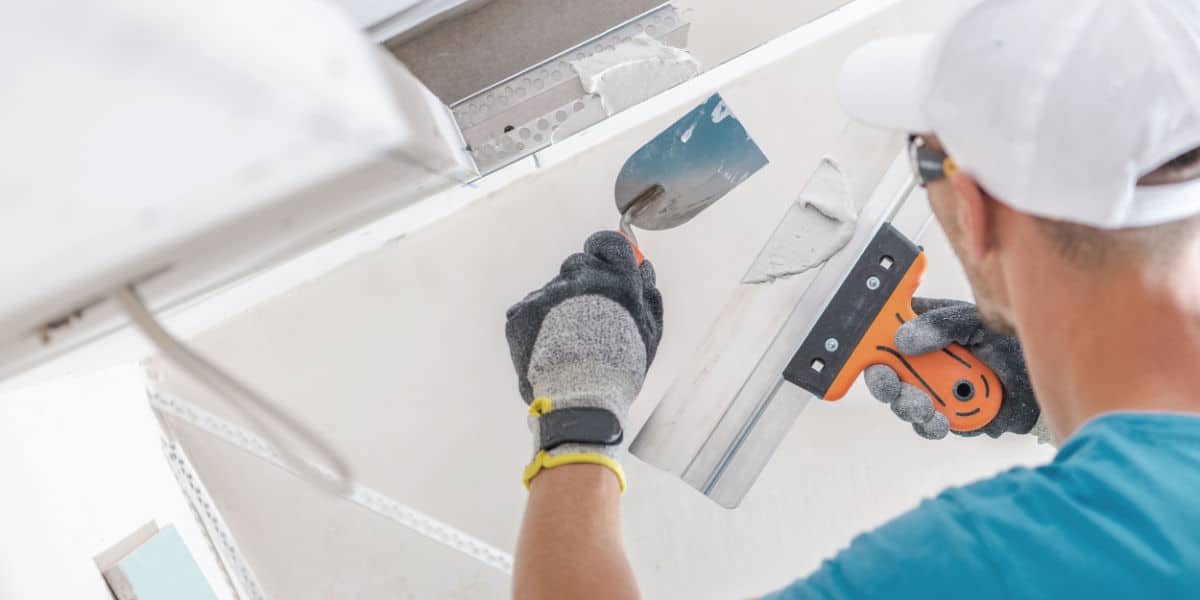Efficient Drywall Repair Techniques to Restore Your Walls
Efficient Drywall Repair Techniques to Restore Your Walls
Blog Article
Total Overview to Reliable and Reputable Drywall Installment
Drywall installment is an important part of any type of building or improvement task, requiring a precise approach to make sure both efficiency and dependability. It is essential to check out the subtleties of each step in the procedure, as they collectively contribute to the total success of the drywall setup.
Essential Tools for Drywalling
When starting a drywall installation job, having the right devices is critical for accomplishing a specialist finish. Vital tools include a drywall blade, measuring tape, and a T-square, which are essential for exact dimensions and smooth cuts. A drywall lift is additionally highly helpful, specifically for ceiling installations, enabling less complicated handling of hefty panels.
For fastening the drywall, a cordless drill and drywall screws are required. The drill ought to be outfitted with a drywall little bit to make certain efficiency and precision. Furthermore, a crucial device is the drywall saw, which assists in reducing around other obstacles and electrical outlets.

Furthermore, protective gear such as safety glasses and a dirt mask are essential to ensure personal safety throughout the installment process. Utilizing the right tools not just boosts the high quality of the setup but additionally enhances the process, making the job more reliable total.
Preparing the Area

Following, evaluate the condition of the wall surfaces and ceilings. Repair any kind of existing damage, such as openings, cracks, or peeling off paint, to guarantee a smooth and also surface area for drywall application. Additionally, look for electric outlets, plumbing lines, and HVAC ducts, noting their places to stay clear of problems throughout installation.
It is additionally important to gauge the area properly, identifying the measurements of the wall surfaces and ceilings to determine the appropriate amount of drywall required. Develop a comprehensive strategy that includes the design and alignment of the drywall panels.
Installation Techniques
Efficient installment strategies are critical for achieving an expert surface in drywall click to find out more tasks. Correct dimension and cutting of drywall sheets are basic steps.
When hanging drywall, begin with the leading and work downward, making sure that the lengthy side of the board is vertical to the framework. Safeguard the sheets with screws instead of nails, which provide greater holding power and reduce the risk of popping. Location screws every 12 inches along the sides and every 16 inches in the field of the board.
For corners, use edge beads to accomplish sharp, clean edges. When installing on ceilings, make use of a drywall lift or have a companion assist in holding the sheets in location (drywall repair). Preserve a gap of about 1/4 inch above the flooring and ceiling to accommodate expansion and tightening
Completing Touches

As soon as the tape is in location, it's time to use the very first coat of joint substance, additionally understood as mud. Utilize a 10 to 12-inch taping blade to spread the substance uniformly over the taped original site joints, feathering the edges to mix with the surrounding drywall.
Permit the compound to dry extensively, usually 24 hours. After drying, sand the surface area lightly with fine-grit sandpaper to eliminate any kind of flaws. drywall repair. Repeat the mudding and sanding process, generally a couple of layers, guaranteeing each layer is smooth and flush with the drywall surface area
Typical Blunders to Stay Clear Of
Many DIY enthusiasts experience risks throughout drywall setup that can jeopardize the last outcomes. One usual blunder is falling short to effectively reduce and gauge drywall sheets.
An additional constant mistake is inappropriate attachment. Making use of as well few screws or nails can result in loose drywall, while overdriving bolts can create the paper to tear, deteriorating the framework. It's crucial to maintain regular spacing, typically every 16 inches, and to guarantee that fasteners are flush with the surface.
Moreover, not addressing dampness concerns before setup can lead to mold development and architectural damage. Constantly analyze the atmosphere and use moisture-resistant drywall in high-humidity areas.
Final Thought
Reputable and efficient drywall installment requires careful attention to information throughout the process. By utilizing necessary tools, preparing the area properly, and sticking to best methods in installation methods, a remarkable surface can be accomplished. Furthermore, cautious application of joint compound and tape during the ending up phase enhances resilience and look. Staying clear of usual mistakes even more contributes to a professional result, highlighting the value of precision and strategy in effective drywall tasks.
It is vital to check out the subtleties of each step in the procedure, as they jointly add to the general success of the drywall setup.When embarking on a drywall installation job, having the right tools is vital for accomplishing an expert finish.For securing the drywall, a cordless drill and drywall screws are essential.Correctly preparing the area is essential for a successful drywall installation.Reliable setup methods are essential for accomplishing a professional coating in drywall jobs.
Report this page